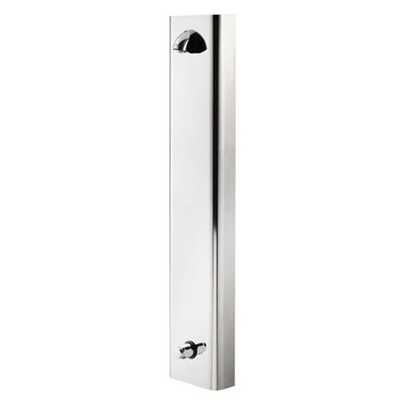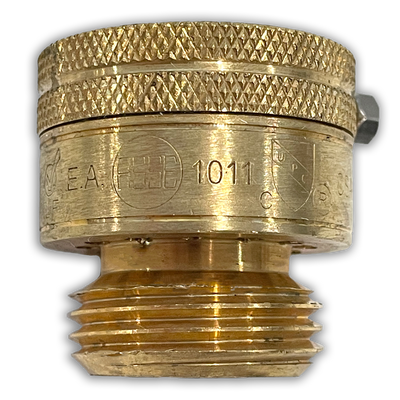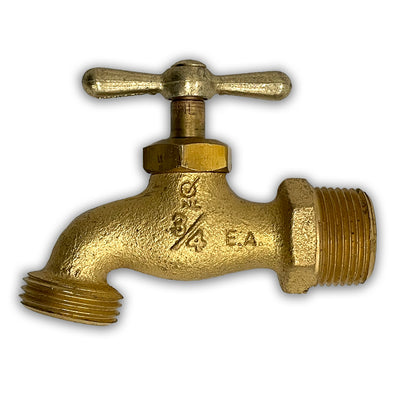Understanding Vacuum Breakers
1. Vacuum Breaker
A vacuum breaker is a simple yet essential device designed to prevent backflow by allowing air to enter the plumbing system when there's a risk of negative pressure. Key features of a standard vacuum breaker include:
- Operation: It functions through atmospheric pressure. When a drop in pressure occurs, it opens to let in air, preventing the backflow of water.
- Installation: Typically installed on outdoor hose bibbs or irrigation systems, these devices protect against potential contamination from garden hoses or other outdoor water sources.
- Maintenance: Vacuum breakers require periodic inspections and maintenance to ensure they function correctly.
2. Dual Check Vacuum Breaker
A dual check vacuum breaker is an improvement over the standard vacuum breaker, offering an additional layer of protection. Here are its distinctive features:
- Two Valves: As the name suggests, it has two check valves in series. This design reduces the risk of backflow by providing redundancy in case one valve fails.
- Versatility: Dual check vacuum breakers are commonly used in both residential and commercial applications, offering dependable protection against backflow.
- Maintenance: They also require regular inspections, but the dual check design enhances reliability.
3. Self-Draining Vacuum Breaker
The self-draining vacuum breaker takes convenience a step further with its ability to drain water from the device when the water supply is turned off. Key characteristics include:
- Automatic Drainage: After shutting off the water supply, the self-draining vacuum breaker eliminates the risk of freezing by automatically draining water from the device, reducing the risk of damage in colder climates.
- Maintenance: While they require maintenance like other vacuum breakers, the self-draining feature helps prolong their lifespan.
4. Piston-Activated Self-Draining Vacuum Breaker
This advanced vacuum breaker combines the features of self-draining and added protection against backflow, thanks to a piston mechanism. Here's what sets it apart:
- Piston Mechanism: The piston-activated self-draining vacuum breaker uses a piston to control the flow of air, enhancing its efficiency in preventing backflow.
- Automatic Drainage: Like the self-draining vacuum breaker, it automatically drains water, preventing freeze damage.
- Higher Level of Protection: The piston mechanism adds an extra layer of protection, making it suitable for applications where strict safety standards are essential.
- Maintenance: While more complex, they remain low-maintenance due to their automatic draining feature.
In the world of plumbing, choosing the right vacuum breaker is crucial to safeguard your water supply and prevent contamination. The type of vacuum breaker you need depends on your specific application and the level of protection required. Whether you opt for a standard vacuum breaker, a dual check vacuum breaker, a self-draining vacuum breaker, or a piston-activated self-draining vacuum breaker, these devices play a critical role in maintaining the integrity of your plumbing system and ensuring safe water usage. Regular maintenance and inspections are key to keeping them functioning optimally and safeguarding your water quality.




